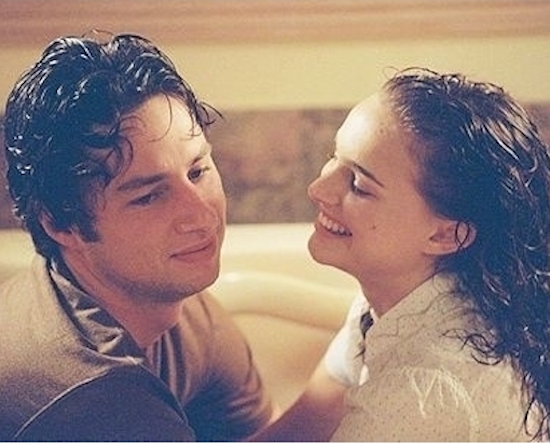
Abraham Lincoln once said, “Folks are usually about as happy as they make their minds up to be.”
While a good chunk of happiness is controlled by our genes, there are lots of things we can do to make ourselves happier.
There have been numerous scientific studies on happiness. Neuroscientists, in particular, have attempted to get a deeper understanding about what causes happiness.
Not everyone is born happy, but neuroscience says we can all learn how to bring more happiness and meaning into our lives.
Here are four rituals to follow to create genuine happiness in our lives.
1) Exercise Gratitude
Every time we feel low, we must ask ourselves this question:
“What am I grateful for?”
According to neuroscience, gratitude affects us at a biological level. In other words, gratitude boosts the neurotransmitters dopamine and serotonin—the happy chemicals in our brain.
Feeling grateful activates the brain stem region that produces dopamine and thinking of things we’re grateful for forces you (us) to focus on the positive aspects of our lives, increasing serotonin production in the anterior cingulate cortex.
So how do we express gratitude? Try the ancient method of mindfulness.
Loving-kindness meditation (aka metta meditation), in particular, is a great mindfulness technique to express gratitude.
2) Label Negative Feelings
There are times when we’ll feel absolutely dreadful. Neuroscience has a simple solution for when we are feeling low.
And that is to label those negative feelings. Angry? Sad? Anxious? What’s important is that we don’t try to suppress these emotions, but just label them as such and move on.
Just doing this simple act can reduce the impact of the negative feeling. There is solid research to back this up.
In a study titled “Putting Feelings into Words,” participants viewed pictures of people with emotional facial expressions. Predictably, each participant’s amygdala activated to the emotions in the picture. But when they were asked to name the emotion, the ventrolateral prefrontal cortex activated and reduced the emotional amygdala reactivity. In other words, consciously recognizing the emotions reduced their impact.
Once again, this is where mindfulness meditation can help us. Labeling negative emotions is one of the fundamental principles of mindfulness.
3) Make That Decision
Neuroscience shows that making decisions reduces worry and anxiety and helps us solve problems. When we make a decision, our brain feels we have more control and this feeling of control reduces stress and anxiety.
According to brain studies, making a decision also gives us a pleasure boost.
For instance, if we are going to the gym just because we have to, it’s not really a voluntary decision. Our brain doesn’t get the pleasure boost and may even feel stress. But if we decide to go to the gym and actively choose to do our workouts, our brain gets a dopamine boost and we’ll feel happier.
4) Hug Someone
The quality of our relationships plays a big role in keeping us happy.
This is what UCLA neuroscience researcher Alex Korb, PhD has to say in his groundbreaking book, The Upward Spiral: Using Neuroscience to Reverse the Course of Depression, One Small Change at a Time:
“A hug, especially a long one, releases a neurotransmitter and hormone oxytocin, which reduces the reactivity of the amygdale. The amygdala is the integrative center in the brain that plays a key role in processing our emotions, emotional behavior and motivation.”
So in order to boost happiness, we need to spend more time with our friends and family.
Summary
Here are four rituals neuroscience recommends to boost happiness:
- Express gratitude. Ask: “What am I grateful for?”
- Label negative feelings. Give that negative feeling a name so that our brain isn’t bothered by it anymore.
- Make a decision. When we make decisions, our brain feels we have more control.
- Hug someone. Spend more time with friends and family.
Hope you enjoyed reading the article. Please share your thoughts in the comments section.
~
~
~
Author: Sandeep Mallya
Image: Garden State still
Editor: Travis May








Read 16 comments and reply